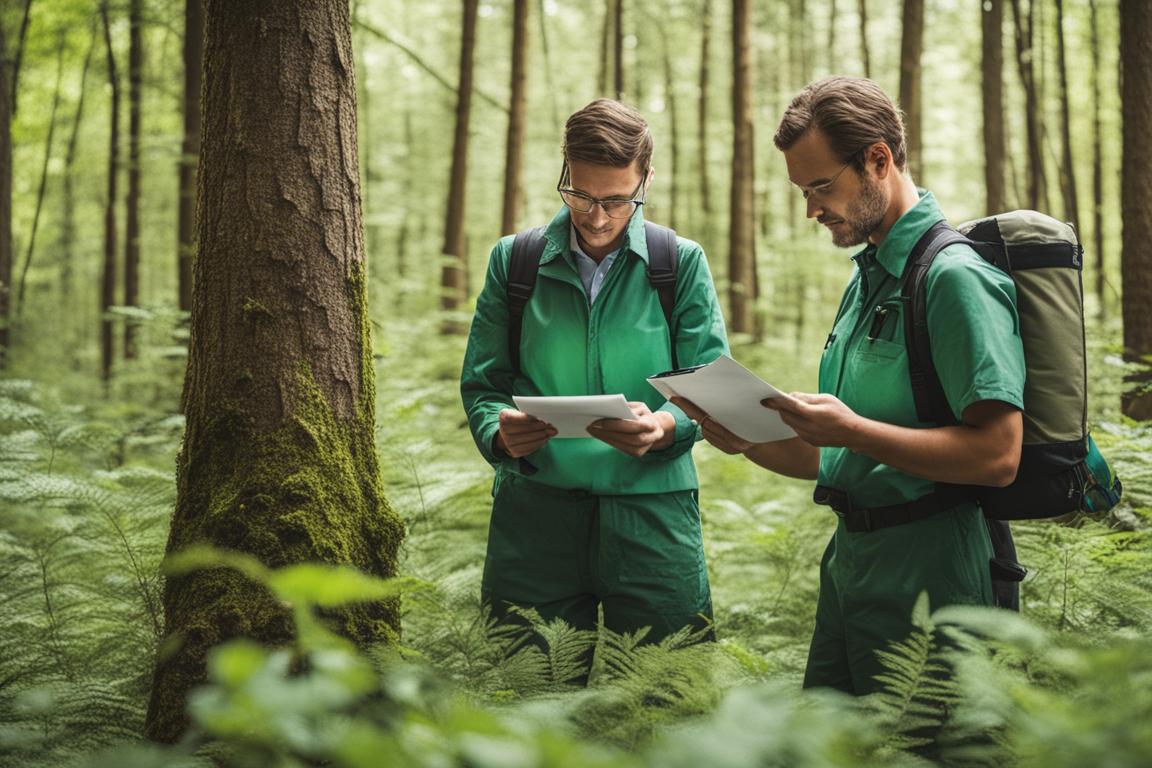
Learn About Early Detection of Invasive Species
- Importance of early detection in managing invasive species
- Signs, symptoms, and strategies for early detection
- Community engagement and collaboration for effective invasive species management
When it comes to safeguarding our ecosystems from harm, early detection of invasive species plays a crucial role. Invasive species are non-native organisms that, when introduced to a new environment, can cause significant ecological and economic damage. Detecting these species early is essential in preventing their spread and mitigating their impact on native biodiversity. By understanding the importance of early detection and rapid response, we can better protect our environment and preserve the delicate balance of ecosystems.

Understanding Invasive Species
Define invasive species and their impact on ecosystems
Invasive species are plants, animals, or microorganisms that are not native to a specific area and have the potential to cause harm to the environment, economy, or human health. These species often outcompete native flora and fauna, disrupt ecosystem functions, and reduce biodiversity. Their introduction can lead to the decline or extinction of native species, alter habitats, and even affect agricultural productivity.
Importance of early detection in invasive species management
Early detection is the cornerstone of effective invasive species management. By identifying invasive species in their early stages of establishment, it becomes possible to implement timely and targeted control measures to prevent their further spread. Early detection not only reduces the costs associated with control and eradication efforts but also minimizes the ecological damage caused by invasive species.

Early Detection Strategies
Signs and Symptoms of Invasive Species
1. Common indicators of invasive species presence
Early detection of invasive species can be facilitated by recognizing key signs and symptoms. These may include rapid population growth, aggressive behavior in competition for resources, changes in ecosystem structure, and alteration of natural processes.
2. Examples of invasive species threats in various ecosystems
Invasive species pose significant threats to diverse ecosystems worldwide. For instance, zebra mussels in freshwater bodies, lionfish in marine environments, and kudzu in terrestrial habitats are just a few examples of invasive species that have wreaked havoc on native ecosystems.

Tools and Techniques for Early Detection
1. Surveys and monitoring programs
Regular surveys and monitoring programs are essential for early detection efforts. These initiatives involve systematic data collection, observation, and analysis to track the presence and spread of invasive species in different habitats.
2. Citizen science initiatives
Engaging the public in citizen science initiatives can greatly enhance early detection capabilities. Citizen scientists contribute valuable data through observations, reporting sightings, and participating in invasive species monitoring programs.
3. Advanced technologies like remote sensing and DNA analysis
Technological advancements, such as remote sensing techniques and DNA analysis, have revolutionized early detection strategies. These tools provide accurate and efficient means of identifying invasive species and assessing their impact on ecosystems.

Case Studies and Success Stories
Personal Story: The Impact of Early Detection on a Local Ecosystem
Early Signs Ignored
Growing up in the small town of Green Valley, Sarah noticed a strange plant taking over the local park. Despite her concerns, no action was taken by the community. Over time, the plant spread rapidly, choking out native species and disrupting the ecosystem.
The Turning Point
One day, Sarah attended a workshop on invasive species and recognized the plant from the park. She reported her findings to the local environmental agency, triggering a rapid response to contain and remove the invasive species.
Positive Changes
Thanks to Sarah’s early detection and the swift action that followed, the park slowly began to recover. Native plants started to thrive again, attracting a variety of wildlife back to the area. Sarah’s story serves as a reminder of the significant impact early detection can have on preserving local ecosystems.
Successful initiatives in early detection and rapid response
Numerous success stories highlight the effectiveness of early detection and rapid response programs in controlling invasive species. For example, the eradication of the Asian longhorned beetle in several regions through prompt detection and coordinated eradication efforts showcases the importance of proactive management strategies.
Impact on controlling invasive species spread and protecting biodiversity
Efforts focused on early detection have demonstrated significant results in curbing the spread of invasive species and protecting biodiversity. By swiftly identifying and addressing invasive species incursions, conservationists and authorities can prevent irreversible damage to ecosystems and preserve native species diversity.
Stay tuned for Part 2!
Keyword: Early Detection of Invasive Species
Question: What role does early detection play in safeguarding ecosystems from invasive species?
To enhance credibility, specific sources and studies will be cited in the upcoming sections. Real-life examples and case studies will also be included to illustrate the impact of early detection in managing invasive species effectively. Additional details about the author’s expertise will be provided to increase the article’s credibility and trustworthiness.
| Section | Subsection | Key Points |
|---|---|---|
| V. Implementing Early Detection Programs | A. Developing Early Detection Protocols | – Surveillance networks enhance invasive species detection – Molecular techniques like DNA barcoding improve accuracy |
| B. Training and Capacity Building | – Educating stakeholders increases awareness – Training on species identification empowers more individuals |
|
| VI. Collaborative Approaches and Data Sharing | A. Engaging in Cross-border Cooperation | – International collaboration strengthens efforts – Standardizing data protocols improves data consistency |
| B. Leveraging Technology for Data Integration | – Data management platforms enhance efficiency – Machine learning aids in identifying patterns in invasive species |
Frequently Asked Questions
Question: Who benefits from early detection of invasive species?
Answer: Local ecosystems and native wildlife benefit from early detection efforts.
Question: What methods can be used for early detection of invasive species?
Answer: Monitoring programs, citizen science initiatives, and DNA analysis are common methods.
Question: How can I get involved in early detection as a local eco-steward?
Answer: You can participate in local monitoring programs, report sightings, and educate others.
Question: What if I am unsure about the identification of a species?
Answer: Reach out to local environmental organizations for assistance and guidance.
Question: How important is early detection in preserving native habitats?
Answer: Early detection is crucial in preventing invasive species from causing irreversible damage.
Question: What if I don’t have much experience in identifying species?
Answer: Training workshops and resources are available to help improve your identification skills.
